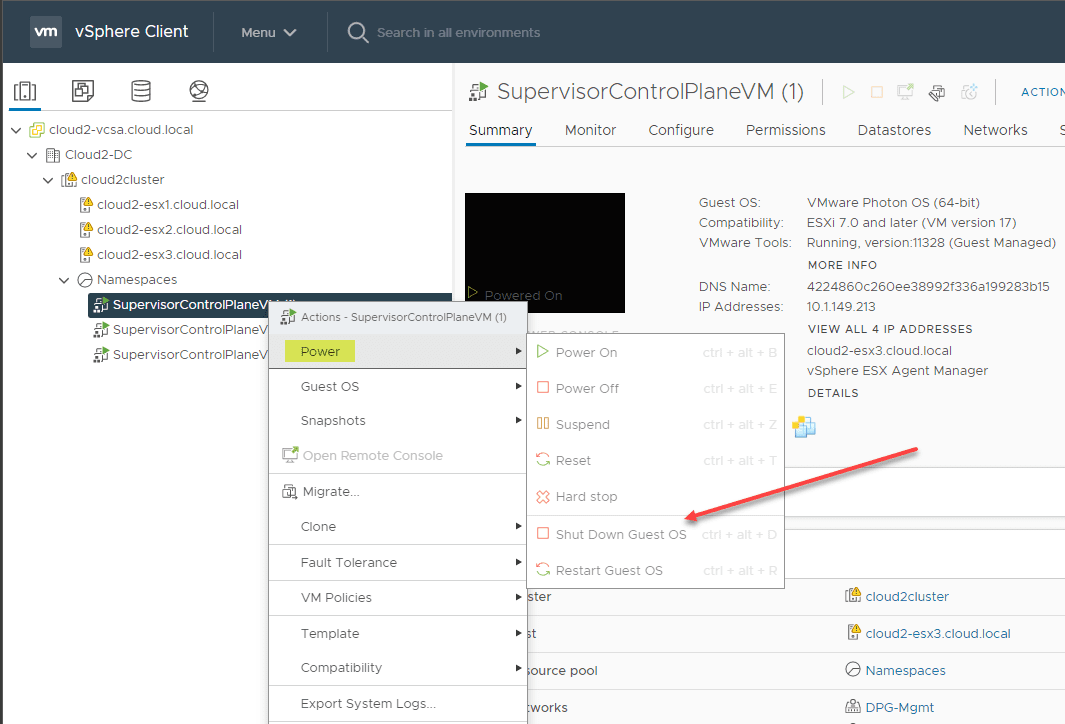4 Ways to Get Antenna TV on Roku
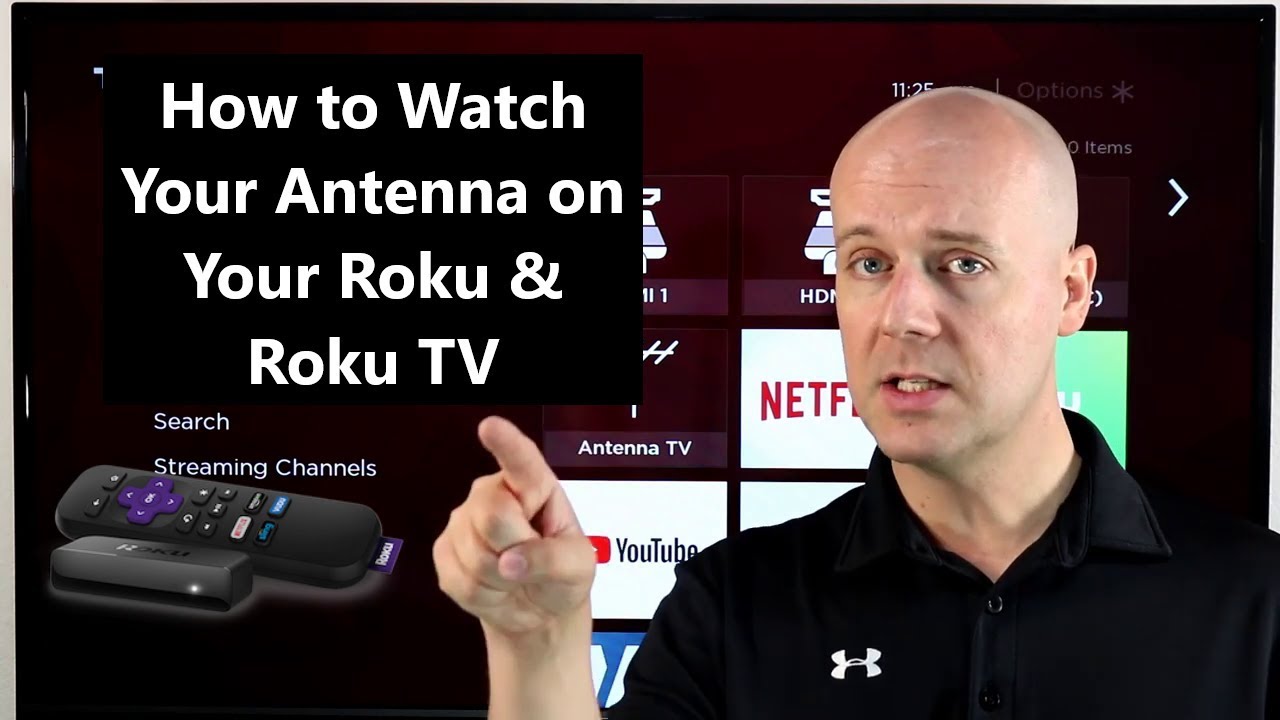
In today's digital age, many cord-cutters and streaming enthusiasts are seeking alternative ways to access their favorite TV shows and channels without relying on traditional cable or satellite services. One popular option is using an antenna to receive free over-the-air (OTA) broadcasts, and combining it with a Roku device to enhance the viewing experience. In this comprehensive guide, we will explore four effective methods to get antenna TV on your Roku device, providing you with a cost-effective and flexible entertainment solution.
Method 1: Connect an Antenna Directly to Roku
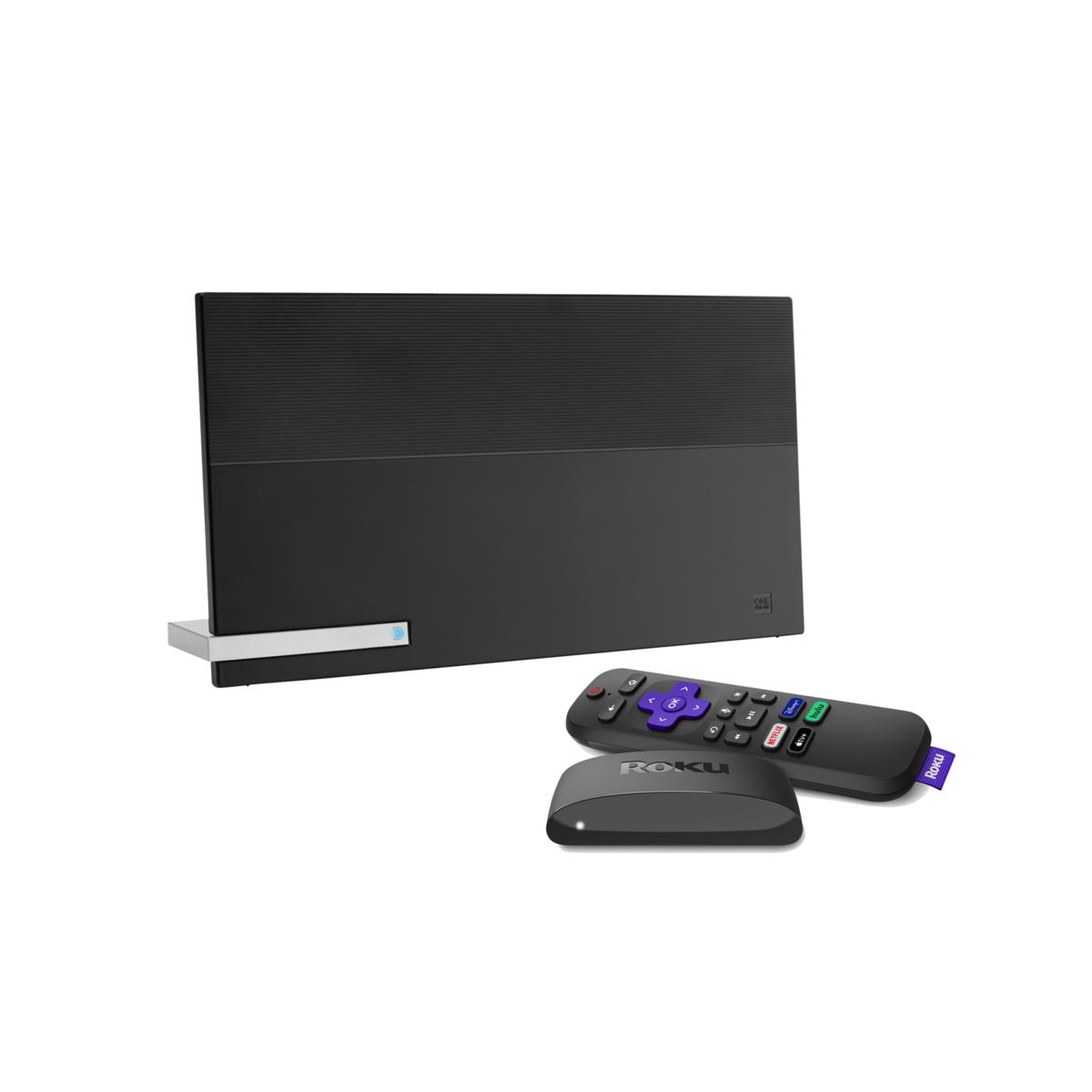
The most straightforward approach to enjoying antenna TV on Roku is by directly connecting an HDTV antenna to your device. Roku offers a range of streaming players and TVs that support OTA broadcasting, making it a convenient option for many users.
Here’s a step-by-step guide to set up your antenna with Roku:
- Choose the Right Antenna: Select an indoor or outdoor HDTV antenna based on your signal strength and reception needs. Factors like your proximity to broadcast towers and potential obstructions (such as buildings or trees) will influence your choice.
- Connect the Antenna: Connect one end of the antenna’s coaxial cable to the antenna or RF input on your Roku device. This port is typically located on the back or side of the Roku player or built-in antenna connector on Roku TVs.
- Scan for Channels: Once connected, power on your Roku and navigate to the Settings menu. Select TV Inputs and then choose Antenna or Air. Follow the on-screen instructions to scan for available channels. Roku will display a list of detected channels, allowing you to customize your channel guide.
- Optimize Signal: If you’re experiencing weak signal or poor picture quality, try adjusting the antenna’s position or height. Moving the antenna closer to a window or higher up can often improve reception. Some antennas also offer gain adjustment features to fine-tune the signal.
By following these steps, you can enjoy a wide range of local channels, including popular networks like ABC, CBS, NBC, Fox, PBS, and more, without any monthly subscription fees.
Pros and Cons of Direct Antenna Connection:
- Pros:
- Cost-effective solution with no monthly fees.
- Access to high-quality, local broadcasts.
- Easy setup and compatibility with most Roku devices.
- Cons:
- Limited channel selection compared to cable/satellite.
- Potential signal issues due to weather or obstructions.
- May require frequent channel scanning or repositioning of the antenna.
Method 2: Use a Streaming Device with Antenna Input
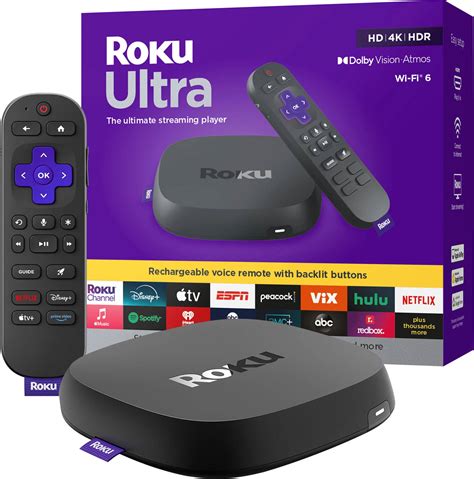
If you prefer a more versatile setup or already have an existing antenna, you can utilize a streaming device that supports antenna input. This method allows you to connect your antenna to a separate device, which then streams the OTA content to your Roku via a wired or wireless connection.
Here are some popular streaming devices with antenna input capabilities:
- TiviMate IPTV Player: This versatile device offers a dedicated TV input port for connecting an antenna. It provides an intuitive interface for browsing and organizing your channels, making it an excellent choice for those seeking a seamless OTA streaming experience.
- Channel Master Stream+: Designed for OTA enthusiasts, the Channel Master Stream+ features an integrated ATSC tuner and supports various antenna connections. It allows you to stream live TV, record programs, and even integrate with other streaming services.
- Tablo DVR: If you want to record and stream OTA content, the Tablo DVR is an excellent option. It connects to your antenna and provides a wireless connection to your Roku, allowing you to watch and manage your recorded shows on demand.
By using these streaming devices, you can enhance your Roku’s capabilities and enjoy a more comprehensive OTA viewing experience.
Pros and Cons of Streaming Device with Antenna Input:
- Pros:
- Offers more advanced features like DVR and channel management.
- Compatible with a wider range of antennas and setups.
- Provides a dedicated OTA streaming experience.
- Cons:
- Requires additional hardware investment.
- May have limited compatibility with certain Roku models.
- Potential setup complexity compared to direct antenna connection.
Method 3: Stream OTA Content via Antenna-Enabled Apps
Roku’s channel store offers a variety of apps that provide access to live TV and on-demand content, including those that support OTA broadcasting. By installing these apps, you can stream antenna TV directly on your Roku without any additional hardware.
Here are some popular antenna-enabled apps available on Roku:
- Pluto TV: This free streaming service offers a vast collection of live TV channels, including many popular OTA networks. Pluto TV provides a user-friendly interface and regular updates, making it a convenient option for antenna TV streaming.
- Xumo: Xumo is another ad-supported streaming platform that offers a wide range of live TV channels, movies, and on-demand content. It features dedicated sections for popular OTA networks, allowing you to easily access your favorite shows.
- Locast: Locast is a non-profit organization that provides access to local broadcast channels for free. With the Locast app on Roku, you can stream live OTA content from your area without any subscription fees.
These apps offer a simple and cost-effective way to enjoy antenna TV on your Roku, without the need for additional hardware or complex setups.
Pros and Cons of Antenna-Enabled Apps:
- Pros:
- Easy to install and use with no additional hardware.
- Access to a wide range of live TV and on-demand content.
- Often free or low-cost options with minimal setup.
- Cons:
- May have limited channel selection compared to dedicated OTA setups.
- Potential ad interruptions or restricted content availability.
- Dependence on app developers for updates and support.
Method 4: Combine Roku with an OTA DVR
For a more comprehensive and flexible OTA viewing experience, you can pair your Roku with an over-the-air digital video recorder (DVR). This setup allows you to record live TV programs, pause and rewind live broadcasts, and enjoy a personalized viewing experience without the need for a cable or satellite subscription.
Here’s an overview of how to set up a Roku with an OTA DVR:
- Choose an OTA DVR: Select an OTA DVR device that suits your needs and budget. Popular options include Tablo DVR, Channel Master DVR+, and TiVo Bolt OTA. These devices offer various features like multi-tuner support, cloud storage, and advanced recording capabilities.
- Connect the DVR to Antenna: Connect your antenna to the OTA DVR’s RF or antenna input port. This step ensures that the DVR receives the OTA broadcast signals.
- Set Up DVR: Follow the DVR’s setup instructions to configure it. This typically involves scanning for available channels, setting up recordings, and customizing your preferences.
- Connect DVR to Roku: Depending on your DVR model, you can connect it to your Roku using an HDMI or MHL cable. Some DVRs also offer wireless streaming options, allowing you to stream recorded content to your Roku without any physical connections.
- Access Recorded Content: Once connected, you can access your recorded shows and live TV channels directly on your Roku. The DVR app or channel will provide an intuitive interface for browsing and managing your recorded content.
By combining a Roku with an OTA DVR, you gain the flexibility to watch and record your favorite shows, pause and rewind live TV, and enjoy a personalized entertainment experience with the convenience of streaming.
Pros and Cons of Roku with OTA DVR:
- Pros:
- Provides a comprehensive OTA viewing and recording experience.
- Offers advanced features like multi-tuner support and cloud storage.
- Allows for personalized viewing with recording capabilities.
- Cons:
- Requires additional investment in an OTA DVR device.
- Potential complexity in setup and configuration.
- May have limited compatibility with certain Roku models.
Choosing the Right Method for Your Needs
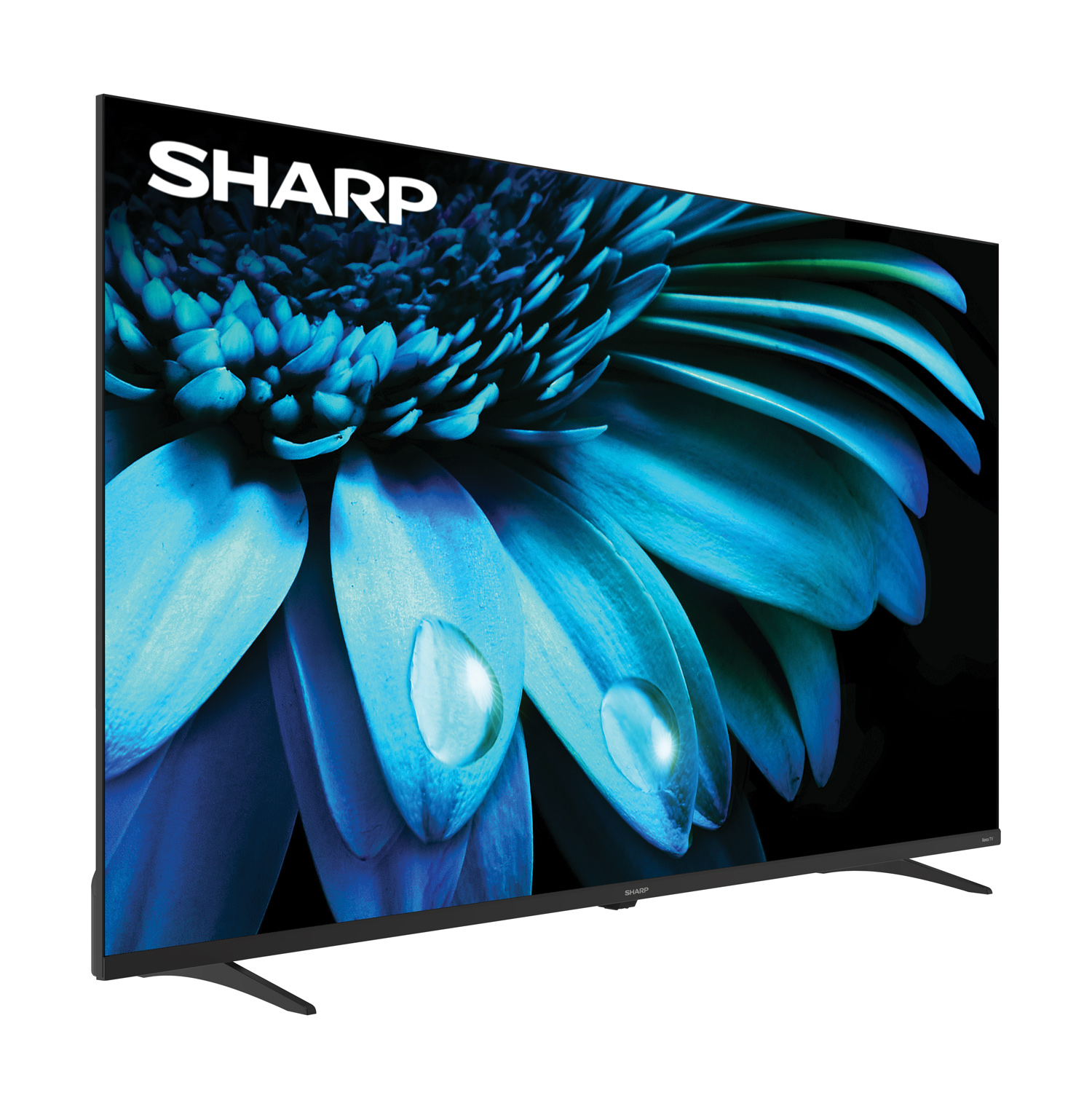
When deciding on the best way to get antenna TV on Roku, consider factors like your budget, desired features, and the level of technical expertise you’re comfortable with. Here’s a quick breakdown to help you choose the most suitable method:
| Method | Description | Best For |
|---|---|---|
| Direct Antenna Connection | Connect antenna directly to Roku | Cost-conscious users seeking simplicity |
| Streaming Device with Antenna Input | Use a separate device to stream OTA content | Those seeking advanced features like DVR and channel management |
| Antenna-Enabled Apps | Stream OTA content via apps on Roku | Users looking for an easy, low-cost option |
| Roku with OTA DVR | Combine Roku with an OTA DVR for recording and live TV | Enthusiasts wanting a comprehensive, personalized viewing experience |
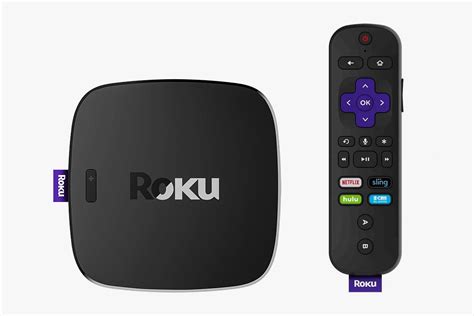
Whichever method you choose, you'll be able to enjoy a wide range of local channels and access to live TV, all while cutting the cord and saving on monthly subscription fees. With the right setup, you can unlock a world of entertainment on your Roku device.
Can I use any antenna with Roku?
+Most modern Roku devices support standard coaxial connections for antennas. However, the compatibility and performance may vary based on the antenna’s specifications and your signal strength. It’s recommended to choose an antenna that matches your reception needs and consult the Roku support documentation for specific compatibility details.
Do I need an HD antenna for Roku?
+While an HD antenna is not a requirement, it is generally recommended for the best picture quality. HD antennas are designed to receive high-definition (HD) broadcasts, ensuring you can enjoy your favorite shows in the highest possible resolution. If you’re primarily interested in standard definition channels, a basic antenna may suffice, but an HD antenna offers future-proofing and better performance.
How can I improve antenna TV reception on Roku?
+Improving antenna TV reception involves a few key steps: first, ensure your antenna is properly positioned for optimal signal reception. Try moving it closer to a window or higher up, away from potential obstructions. Second, consider using an amplifier or signal booster to strengthen the signal, especially if you’re in a weak signal area. Finally, regularly scan for channels on your Roku to ensure you’re capturing the strongest signals available.



